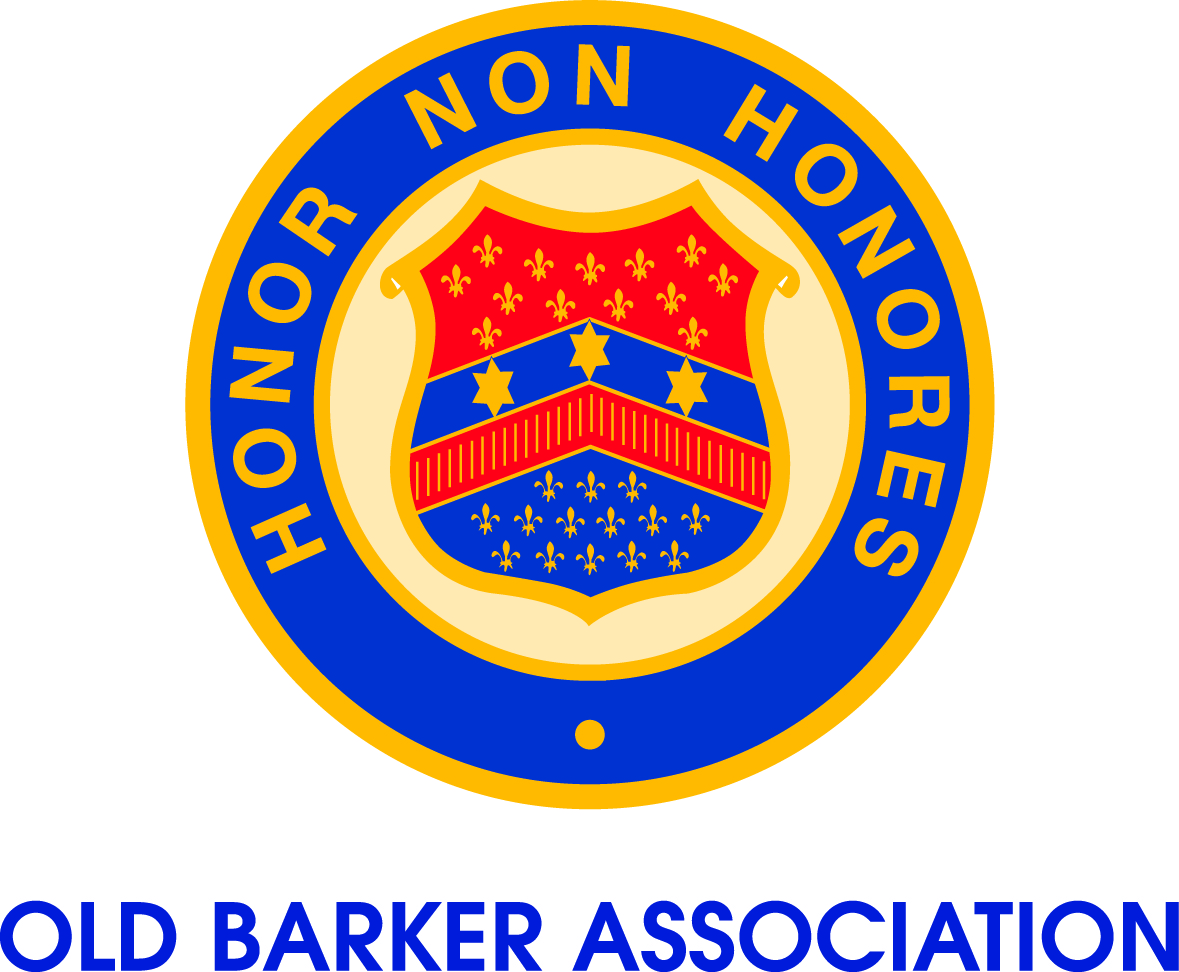
|
Know Your School – The Barker machine gun
Friday, 13 November 2015
|
|
This week, we go back to Remembrance Day in 1921 when the School’s machine gun was unveiled. The College Barker (June 1922, pp. 1-3) reported on the events of the day. “At 11am on Armistice Day, 1921, the School bell sounded one warning note, and at the signal all activities in and around the College ceased for two minutes. During this period we, as a School, united with those who throughout our vast Empire paid their silent tribute to the heroes of the Great War. “At 3pm, an impressive ceremony took place in the front lawn, the whole School and Staff attending, also a goodly number of parents and friends… “In a brief but impressive speech, Mr Carter paid an eloquent tribute to all those who by their self-sacrificing had retained for us that freedom which had for so long been the proud heritage of every Britisher. He pointed out that to Barker this day, and this ceremony marked a proud day in our School record, for it witnessed the unveiling of a war trophy, which had been presented to us by the Government in recognition of the fine record the Old Boys of Barker held for war service. Continuing, Mr Carter pointed out that this gun stood for two things. Firstly, it was for all time a reminder of a noble response to the call of duty with our fellow Australians, by their amazing deeds of valour, proved that they were fit to be placed on a level with the world’s greatest soldiers. Secondly, it stood as an emblem of sacrifice, and all who passed by and saw it would be constantly reminded of the grand spirit of self-sacrifice which had characterised the members of the AIF. “The list of Barker’s own heroic dead was read, all standing to attention. “In introducing Captain Minter [MC, Servian White Eagle], Mr Carter said he was proud that he was able to call on an Old Boy to unveil the gun, and especially one who held such a distinguished record as Capt. Minter did…Capt. Minter held the record for the longest non-stop desert flight, and , with others, had been responsible for the destruction of a large German aerodrome; and having received damage to his machine in a fight with German machines, had been forced to descend into the sea, where he was picked up by British vessels. “Captain Minter was enthusiastically received. In a brief speech… he would refer to some points concerning the war which we should ever remember. He continued by referring to the times of crisis, when those who knew the real extent of the danger were apprehensive, but said that even then every true Britisher knew that Might, as represented by cruel bestial fury could not possibly overcome Right. Capt. Minter then appealed to all the boys to remember that their Old Boys had ‘made good’ wherever they had been placed, and said it was the duty of every boy listening to him to use every effort to prove worthy followers of those whose name appeared on our Roll of Honour, and at all times be ready to answer the call ‘for God, King and Country.’ “Captain Minter then unveiled the gun, which is a German heavy machine gun and was captured in the last few weeks of the war. “It is mounted on a small concrete platform, and bears a brass plate stating it was captured by the 9th Field Coy. Aust. Engineers. “The singing of the National Anthem and cheers for the King closed the proceedings.” What happened to Barker’s machine gun remains a mystery. For many years, it stood in its original position on the lawn adjacent to the Dining Hall, Stokesleigh and Carter House. By the late 1930s, the machine gun had moved to the edge of what is now the Middle School Quadrangle. Old boys of the 1940s remember the machine gun in this location, albeit in a dilapidated state. After this time however, the gun’s whereabouts is not known. It is thought that the gun was disposed of in the early 1950s when it got too derelict. Caption: The Barker machine gun serving as a war memorial on the lawn adjacent to Carter House, Stokesleigh and the Dining Hall, 1928. |